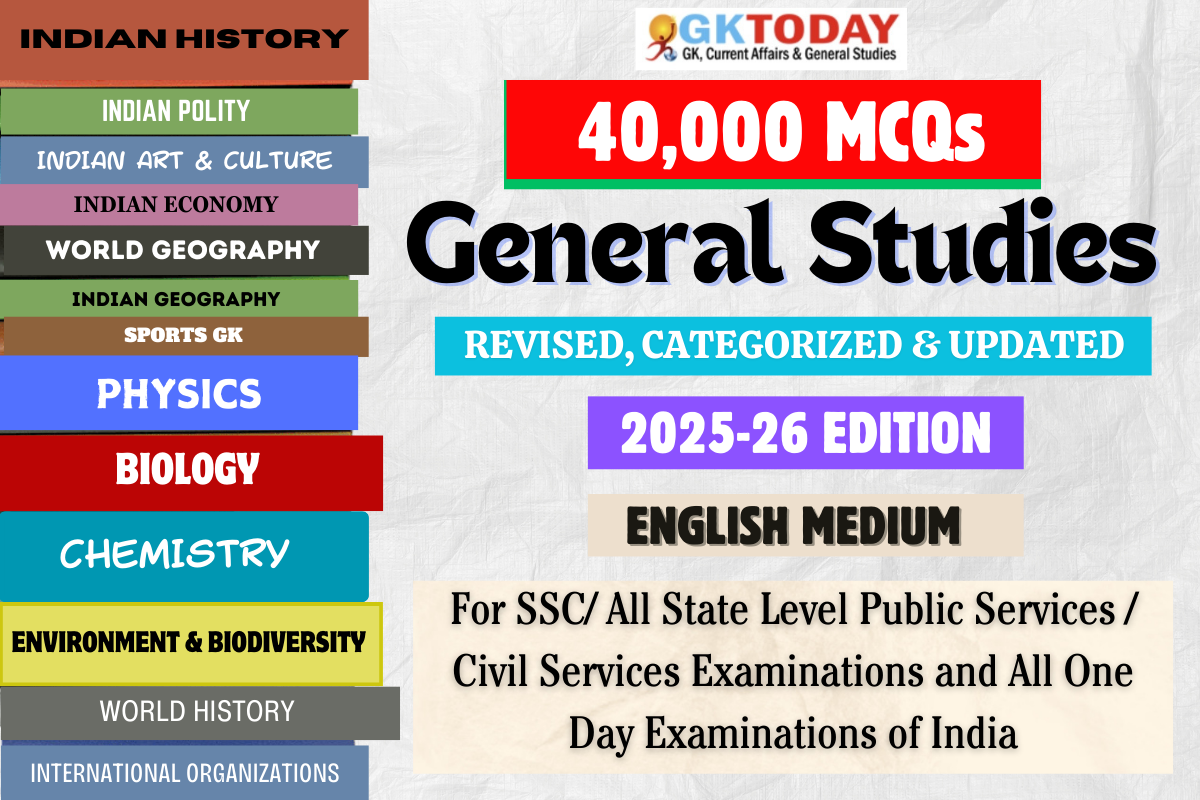World & Physical Geography MCQs
World Geography Multiple Choice Questions (MCQs) Quiz for State and UPSC Civil Services Examinations. Objective Questions on Physical Geography and World Geography for competitive examinations.
1. Which among the following is a galaxy ?
[A] Sirius
[B] Orion
[C] Ursa Minor
[D] Andromeda
Show Answer
Correct Answer: D [Andromeda]
Notes:
The Andromeda is a Galaxy. It is also known as Messier 31, M31, or NGC 224 and originally the Andromeda Nebula. It is approximately 2.5 million light-years from Earth and the nearest major galaxy to the Milky Way.
2. Puerto Rico Trench is located in which of the following oceans?
[A] Arctic
[B] Atlantic
[C] Pacific
[D] Indian
Show Answer
Correct Answer: B [Atlantic]
Notes:
Puerto Rico Trench is located in the Atlantic Ocean. It is a deep oceanic trench in the Atlantic Ocean, situated to the north of Puerto Rico and the Virgin Islands. This trench is one of the deepest parts of the Atlantic Ocean and reaches a maximum known depth of approximately 8,376 meters (27,480 feet). It is a seismically active area and has geological significance due to its subduction zone where the North American Plate is being subducted beneath the Caribbean Plate.
3. Layer which separates the troposphere from the stratosphere is known as:
[A] lonosphere
[B] Tropopause
[C] Mesosphere
[D] Thermosphere
Show Answer
Correct Answer: B [Tropopause]
Notes:
Tropopause separates troposphere and stratosphere. It is the transition layer is located from 10km to 18km depending on location.
4. Which among the following country is the world’s leading producer of synthetic industrial diamond?
[A] United states
[B] Congo
[C] China
[D] South Africa
Show Answer
Correct Answer: C [China]
Notes:
China is the world’s leading producer of synthetic industrial diamonds. Industrial diamonds can be used in cutting, drilling, grinding, and polishing.
5. Which Heat Zone is being described based on the following characteristics:
- The Sun is never directly overhead.
- Climate is mild, typically ranging from warm to cool.
- Four distinct annual seasons—spring, summer, autumn, and winter—occur in this region.
Select the correct answer from the options given below:
[A] Torrid Zone
[B] Torrid as well as Frigid Zone
[C] Frigid Zone
[D] Temperate Zone
Show Answer
Correct Answer: D [Temperate Zone]
Notes:
The Temperate Zone is recognized by four well-defined seasons, a mild climate with temperature variations, and the Sun never being directly overhead. Unlike the Torrid Zone, which is hot, and the Frigid Zone, which is very cold with little seasonal variation, the Temperate Zone offers moderate weather patterns, making option 4 the correct answer.
6. A whirlwind is characterized by high instability and turbulence created by temperature gradient. Whirlwinds blow in which of the following seasons?
[A] Winter
[B] Summer
[C] spring
[D] Throughout the year
Show Answer
Correct Answer: D [ Throughout the year]
Notes:
Whirlwinds occur all over the world and in any season. Whirlwinds are subdivided into two main types, the great (or major) whirlwinds and the lesser (or minor) whirlwinds. The first category includes tornadoes, waterspouts, and landspouts. Second category includes lesser whirlwinds which may sometimes form in a similar manner to greater whirlwinds but with related increase in intensity.
7. How much time will it take to come light from the nearest bright star to reach the earth?
[A] 4.5 minutes
[B] 45 minutes
[C] 45 months
[D] 4.22 light years
Show Answer
Correct Answer: D [4.22 light years]
Notes:
The time taken by light to reach earth from any source of light is measured in light years. The light reflected from the surface of the Moon takes only a second to reach Earth. The Sun is more than 8 light-minutes away. The light from the nearest star which is named as Alpha Centauri takes 4.22 light years to reach us.
8. Which among the following represents the weathered parent rock material in the soil profile?
[A] O layer
[B] A layer
[C] E layer
[D] C layer
Show Answer
Correct Answer: D [C layer]
Notes:
The C layer lies immediately above the R layer (bottom most layer). It consists of broken rock fragments and it is devoid of any organic content. C layer is also called as Saprolite.
9. Which of the following glacier is located in Nepal?
[A] Machoi Glacier
[B] Parkachik Glacier
[C] Zemu Glacier
[D] Langtang Glacier
Show Answer
Correct Answer: D [Langtang Glacier]
Notes:
The Langtang Glacier is located in Nepal. It lies in Langtang region in the Himalayan mountain range. Also, it is the longest glacier river of Nepal.
10. What kind of stars form a Supernova?
[A] Small mass stars
[B] Medium mass stars
[C] Large mass stars
[D] None of the above
Show Answer
Correct Answer: C [Large mass stars]
Notes:
Only large mass stars form Supernova. Supernova is a gigantic explosion in which a massive star collapses. It occurs when a massive star uses up its fuel source.

